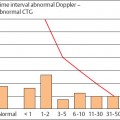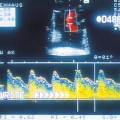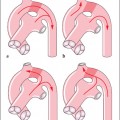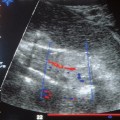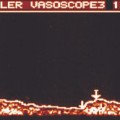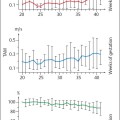5 | Documentation |
In contrast to examinations such as magnetic resonance imaging (MRI), ultrasound examinations cannot be documented objectively and reproducibly, since the scan plane is not recorded.
Probably the best documentation of a dynamic examination is video recording. A disadvantage of such a procedure would be the costly storage needed to allow rapid retrieval of previous records. Alternatively, all findings could be recorded using a video printer. Besides patient data and the date of examination the printout should include all readings and, if appropriate, comments. Similarly notes on the area examined and, if appropriate, the selected plane should be incorporated. The instrument provides suggested symbols for this purpose. The advantage of this documentation system lies in its speed. However, a considerable disadvantage is that the prints are unstable when exposed to light. Hence the digital storage of ultrasound findings, for example, on optical disks, is becoming increasingly popular. This ensures not only safe storage of the records over time, but also guards the findings against subsequent alterations.
Selecting images to be documented is a major problem. While abnormal findings should always be documented, selecting representative normal records for documentation is often difficult.
The orderly documentation of a Doppler examination is a normal part of the examination. It can be divided into two parts:
1. A record of the image of the vessel examined, and
2. Documentation and organization of the complete record.
Stay updated, free articles. Join our Telegram channel

Full access? Get Clinical Tree


